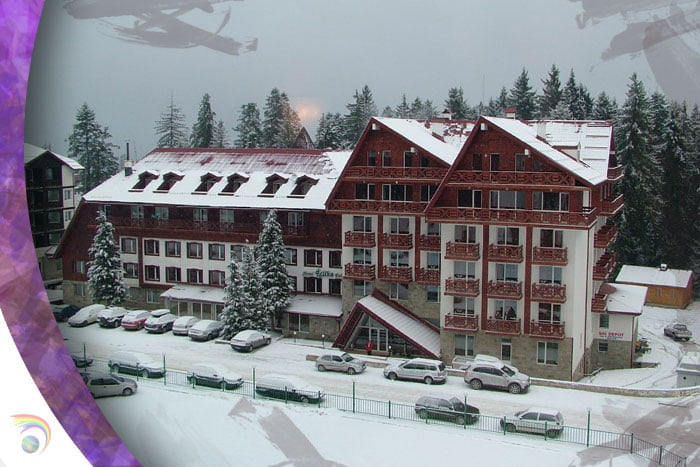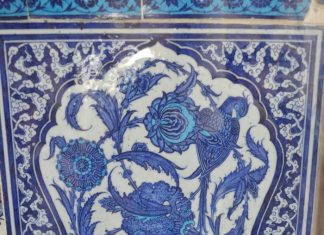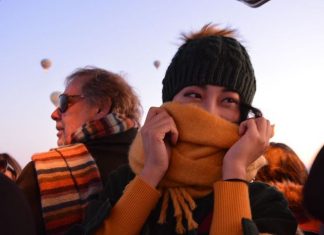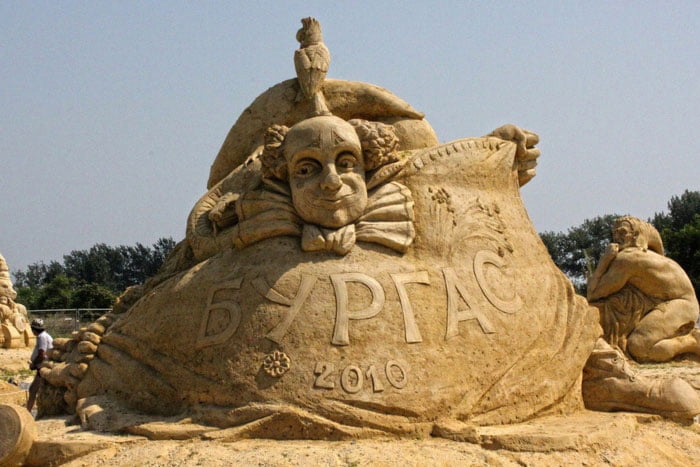Curious Eyes
The next day, it`s reported that the wind changed direction and the ices move rather to the shores of Sile and this fact lightens the Bosphorus. After that the ices quit the Bosphorus and it stops snowing, such news cover much lesser place in the newspapers. After the flow of ices, on the first Sunday when a mild weather is felt, the inhabitants of Istanbul rush to the Bosphorus. “Gece Postasi” reports the news as follows:“
The inhabitanst of Istanbul watch the flow of ices covering the Bosphorus at various points and they take photos together with their families. Some tricksters trying to take advantage of this event took possession of some ice fields and they ask for money from people taking photos there.”
The Bosphorus lightened due to the nice weather and the change in the wind direction is again invaded by the ices some days after. The maritime transportation is halted. The newspaper “Istanbul Ekspres” dated March 2, based on the wireless communication of a ship with Roumanian flag, reports that much bigger ice fields arrive towards the Bosphorus. Much fewer news showing the difficulties in winter 1954 appear in the newspapers. We don`t know whether it`s because less ices are seen or the news loses its significance but the last news is reported by the newspaper “AkSam” dated March 5.
“The space between Buyukdere and Kavaklar on the Rumeli and Anatolian shores of the Bosphorus is entirely covered by ice.”
Effects To The Daily Life
Following the freezing cold, snowstorm, storm and heavy snow lasting 10 – 15 days, the Bosphorus is frozen and Istanbul covered in white looks like the North European countries. Compared to the actual cold weathers, the winter 1954 looks much more like the Siberian winter. Cemalettin Bildik writes the following about the ices blocking the Bosphorus in the newspaper “Aksam” dated February 28.1954: “After 1929.
The ice fields arriving from the Danube and other rivers obstructed once again the Black Sea Straits and one can go on foot from the Garipler Village on the Rumeli side to the Poyraz Village on the Anatolian side.” This is the most important event of the winter 1954. It`s even much more important that the shortage of coal and wood and the price of leek jumped to 75 kuruS (piaster) and the price of spinach jumped to 140kuruS.
No matter how quick is the governor in uniting both sides of the Bosphours, the heavy winter managed to make people walk on the Bosphorus and thus, the real problem of food has been forgotten. Not only the private cars but also low-income people coming by bus or dolmus? crowded the Bosphorus to contemplate the ice fields.
Don`t Wake The Moon Up
Yesterday me too, I went to Yenimahalle to see people who contemplate the ice fields. The trip to the Bosphorus in heavy winter recalls the trips made in spring and summer but there is a big difference… Where are ladies in their sleeveless dresses making promenade on the shore… Ladies with shorts… Where are those jumping into the sea from the shores…
We meet some familiar faces but they wear now warm clothes and overcoats. While contemplating this landscape, don`t know why but the Moda Bay comes to my mind. The voice of the master Munir Nurettin Selcuk rings in my ears.“Aheste gek kurekleri, mehtap uyanmasin” (Row slowly, so that the moon doesn`t wake up)… Which moon, master?…Let`s come and look at this state of the Bosphorus and imagine the Moda Bay. Even if the boatman rows slowly, where can he go among these ice fields… Let alone the rowboat, the ship doesn`t sail.”
Read More about Kazanlak – the town of the most beautiful among women, the rose








